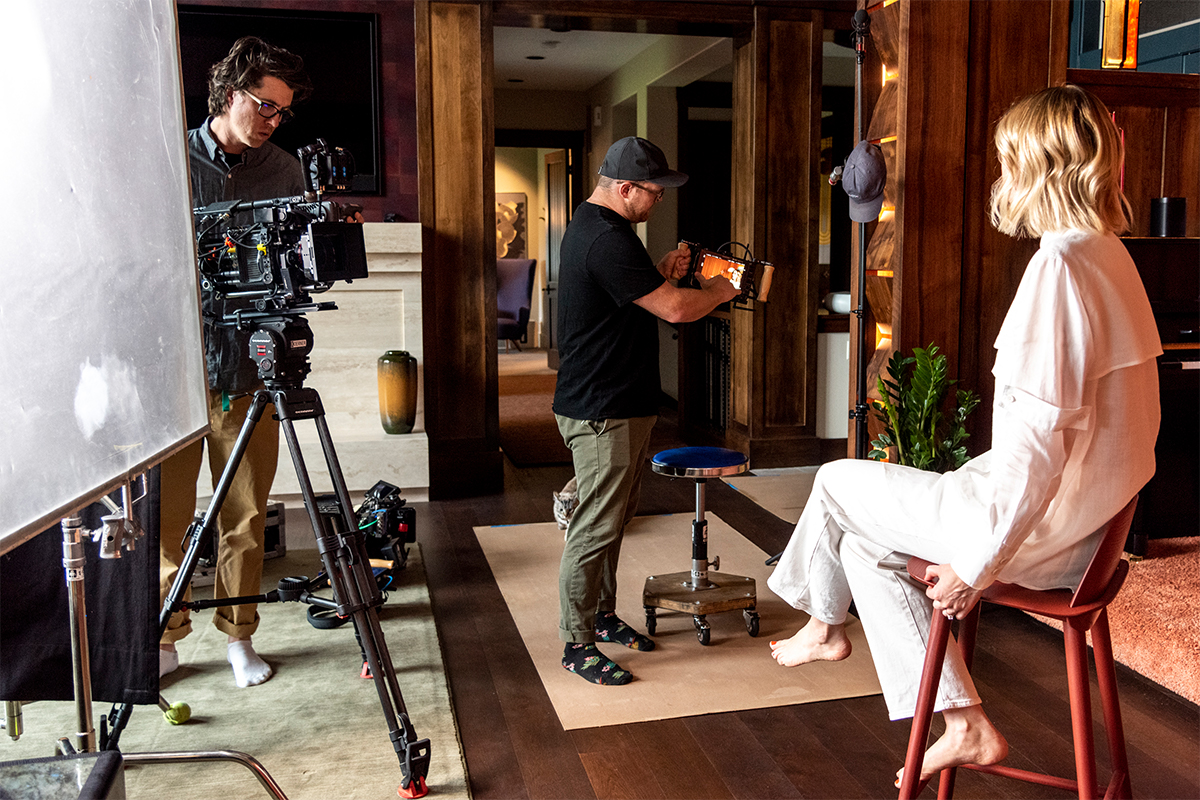Title: Examining Diversity in Documentary Filmmaking: A Closer Look
Introduction:
In recent years, the conversation around diversity and representation has permeated various sectors of the entertainment industry, with documentary filmmaking being no exception. As a powerful medium that captures and reflects real-world issues, documentaries hold the potential to amplify diverse voices and perspectives. However, questions persist about whether the current landscape of documentary filmmaking truly embodies the diversity it seeks to portray. This article delves into the complexities surrounding diversity in documentary filmmaking, analyzing the current state of representation, the challenges faced by filmmakers from underrepresented backgrounds, and the impact of diversity on storytelling. Through a careful examination of industry trends and expert insights, we aim to uncover whether documentary filmmaking is evolving to become more inclusive, and what steps are necessary to ensure a richer tapestry of narratives in the future.
Exploring Representation: Current State of Diversity in Documentary Filmmaking
In recent years, the documentary filmmaking landscape has seen a shift towards more inclusive storytelling, yet the journey towards genuine diversity remains ongoing. Filmmakers from underrepresented backgrounds are gradually finding platforms to share their unique perspectives, challenging traditional narratives and enriching the genre. However, the pace of change is not uniform across the industry, with several systemic barriers still in place.
Key areas that require attention include:
- Funding Opportunities: Access to financial resources is often limited for minority filmmakers, impacting their ability to produce and distribute work.
- Festival Representation: While some film festivals prioritize diverse voices, others still lack adequate representation from marginalized groups.
- Industry Gatekeepers: Decision-makers in production companies and distribution channels often lack diversity, influencing which stories are told.
As the conversation around diversity gains momentum, it is crucial for industry stakeholders to address these challenges actively. By fostering an environment that values a wide array of voices, documentary filmmaking can continue to evolve and reflect the true breadth of human experience.

Challenges and Barriers: Understanding the Obstacles to Inclusive Storytelling
In the realm of documentary filmmaking, the pursuit of diversity often encounters a complex web of challenges. Structural barriers within the industry can limit opportunities for underrepresented voices. These include disparities in funding, access to resources, and distribution channels. Filmmakers from marginalized communities may struggle to find the necessary support to bring their stories to the screen, facing a landscape dominated by established players who may not prioritize diverse narratives.
Additionally, cultural and societal obstacles can impede the path to inclusive storytelling. There is often a lack of understanding or appreciation for diverse perspectives, leading to a narrow scope of stories that are deemed marketable or worthy of attention. This can result in tokenism or superficial representation rather than genuine inclusivity. Furthermore, traditional gatekeeping practices can stifle innovation and discourage emerging voices from sharing their unique experiences. Addressing these challenges requires a concerted effort to reimagine the frameworks that shape the industry, fostering an environment where diversity is not just encouraged but is an integral part of the storytelling process.

Voices Unheard: The Impact of Limited Perspectives on Audiences
In the realm of documentary filmmaking, the scarcity of diverse voices often results in a narrowed narrative scope, limiting the breadth of stories presented to audiences. When filmmakers predominantly hail from similar backgrounds, the stories they choose to tell and the perspectives they prioritize can inadvertently exclude significant viewpoints. This homogeneity not only affects the authenticity of the narratives but also shapes the way audiences perceive the world around them.
The impact of limited perspectives manifests in several ways:
- Underrepresentation: Certain communities and their experiences remain largely unseen, leading to a skewed understanding of societal dynamics.
- Stereotyping: A lack of diverse input can perpetuate stereotypes, as stories are often told through a singular lens that may not fully capture the complexity of the subject matter.
- Missed Opportunities: Unique stories and insights that could foster greater empathy and understanding are overlooked, diminishing the potential for documentaries to serve as catalysts for change.
Addressing these issues requires a concerted effort to amplify marginalized voices within the industry, ensuring that documentaries reflect a multitude of perspectives and resonate more authentically with global audiences.

Strategies for Change: Recommendations for Fostering Diversity in Documentaries
To cultivate a more inclusive landscape in documentary filmmaking, it is crucial to implement thoughtful strategies that encourage diverse voices and perspectives. One effective approach is to support grassroots initiatives that empower underrepresented filmmakers. These initiatives can include:
- Mentorship programs that pair emerging talents with experienced professionals.
- Workshops and training sessions focused on storytelling, technical skills, and production.
- Funding opportunities specifically allocated for diverse projects and filmmakers.
Moreover, fostering partnerships between established production companies and independent creators can lead to innovative collaborations. Encouraging inclusive hiring practices within documentary teams ensures a variety of perspectives are considered throughout the filmmaking process. By actively promoting diversity in both narrative and execution, the documentary genre can more accurately reflect the complexities of the world it seeks to document.



